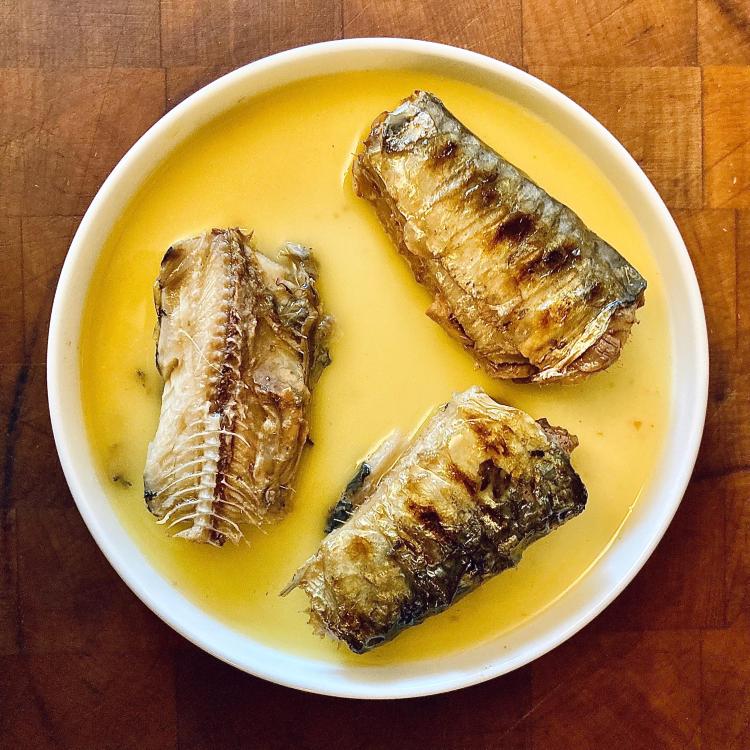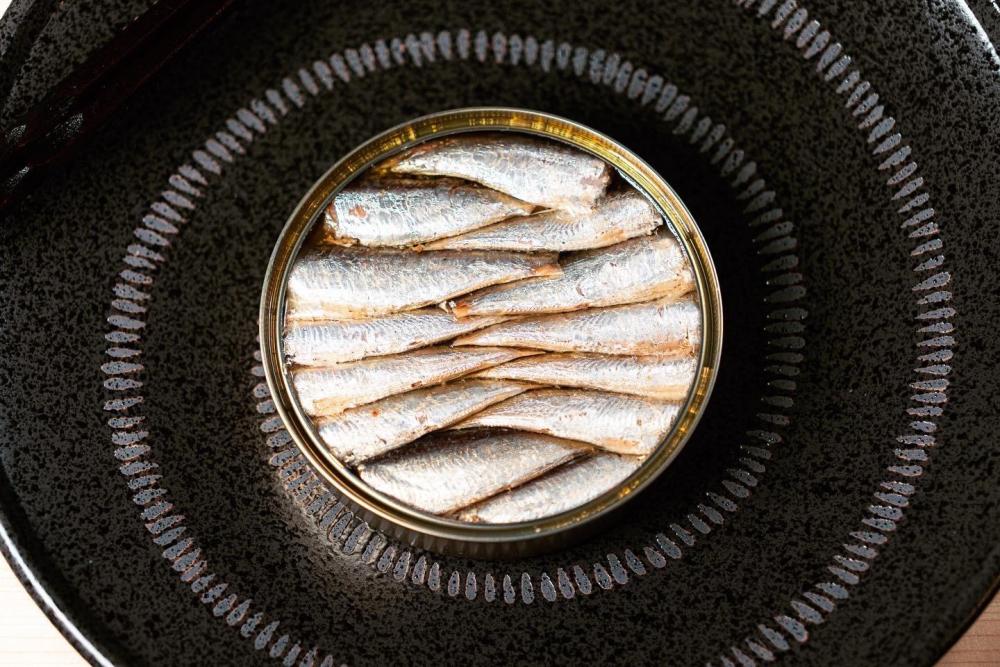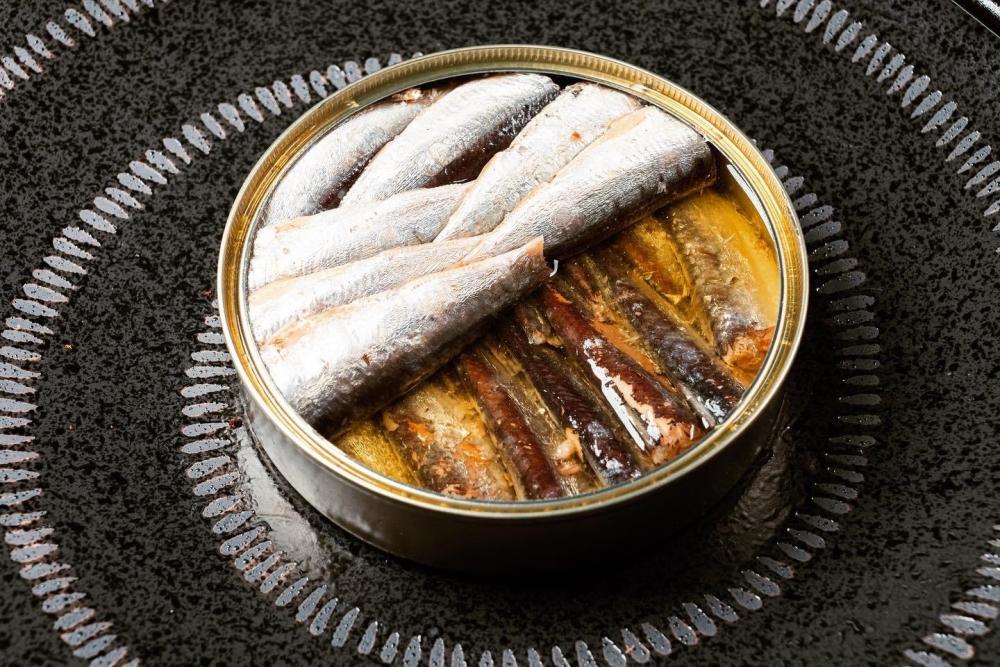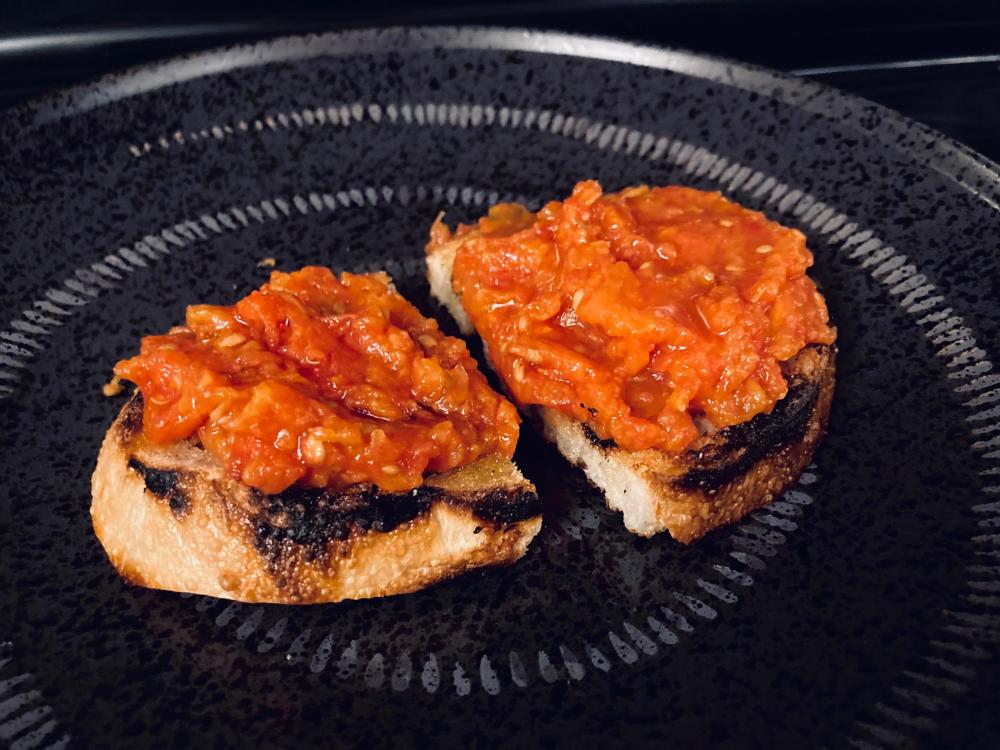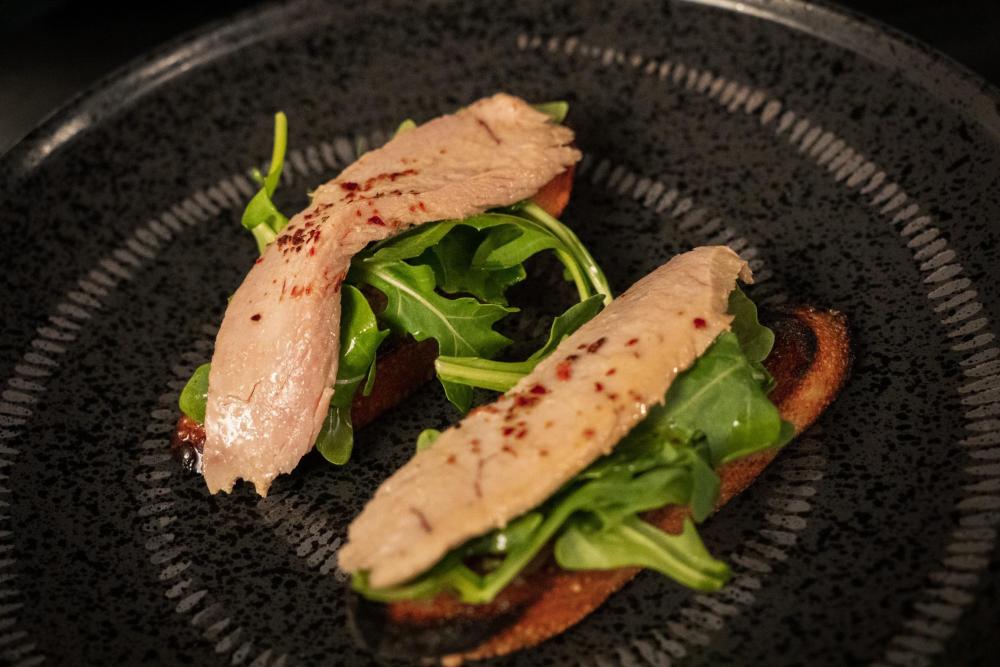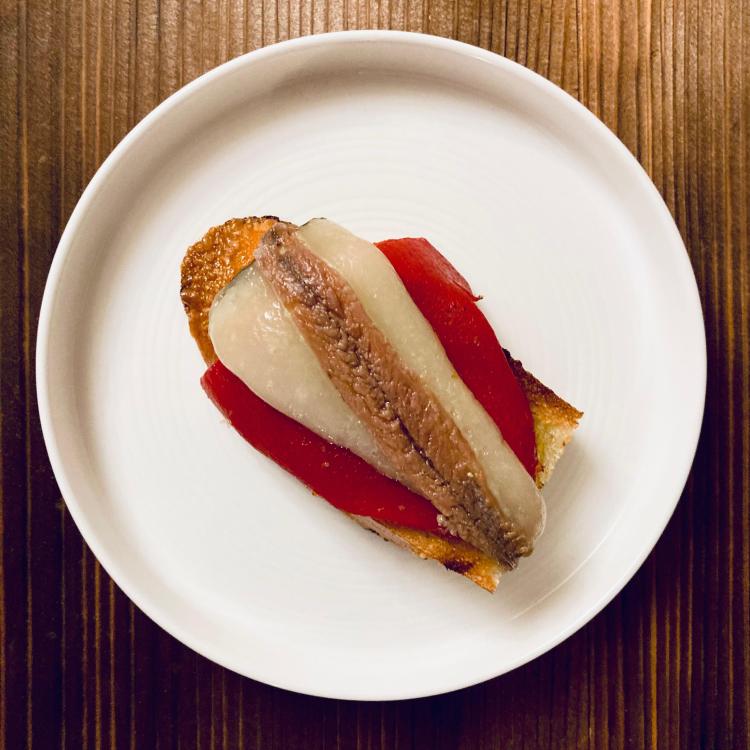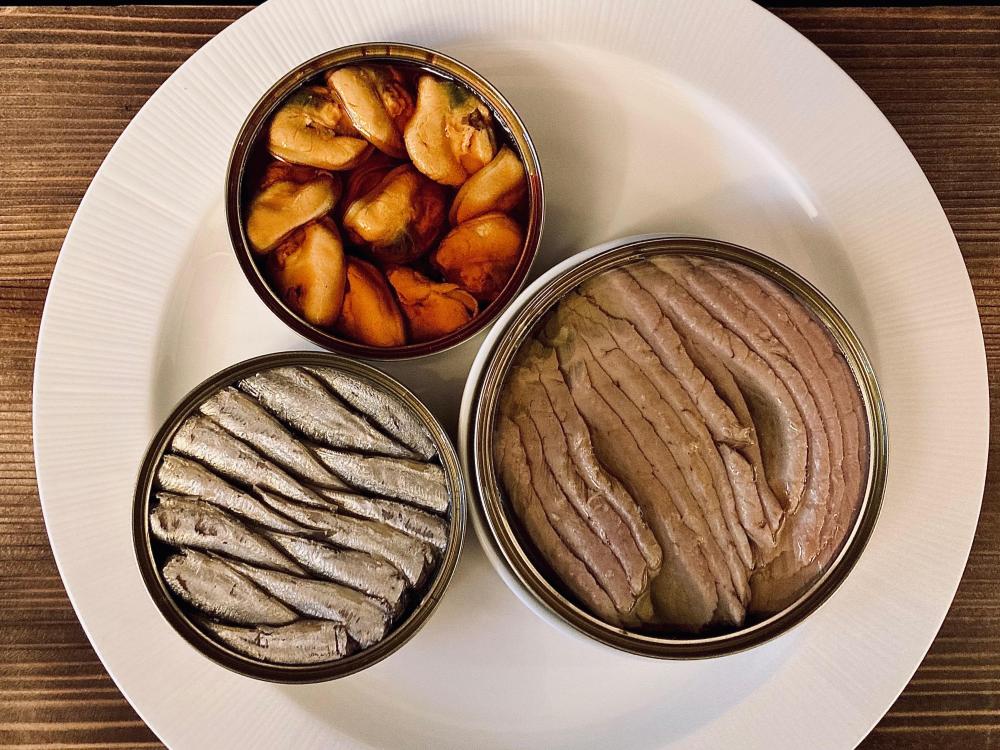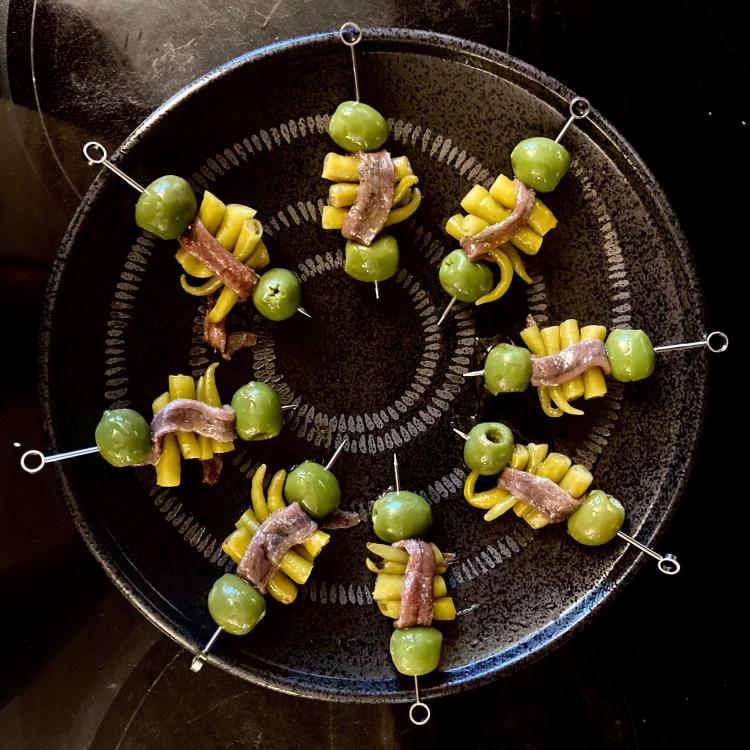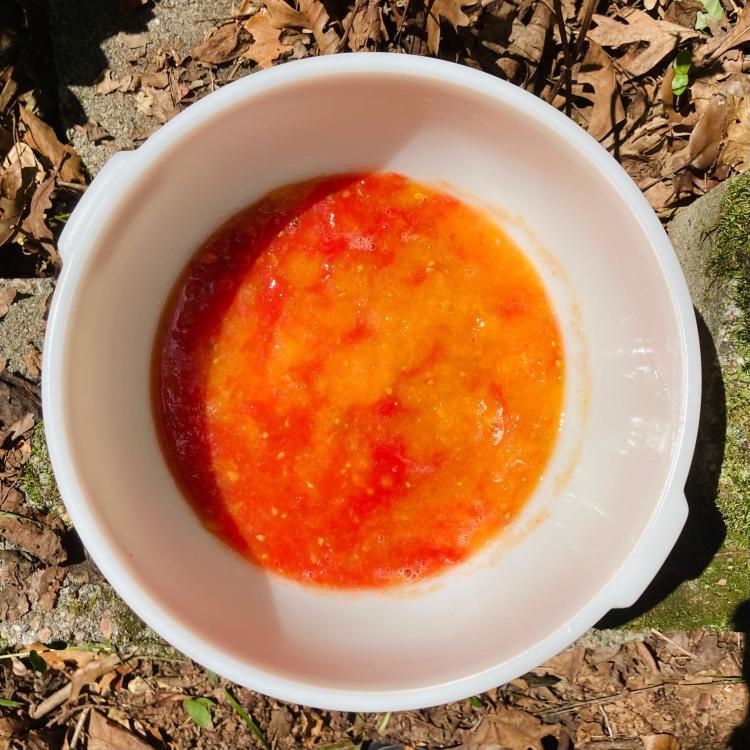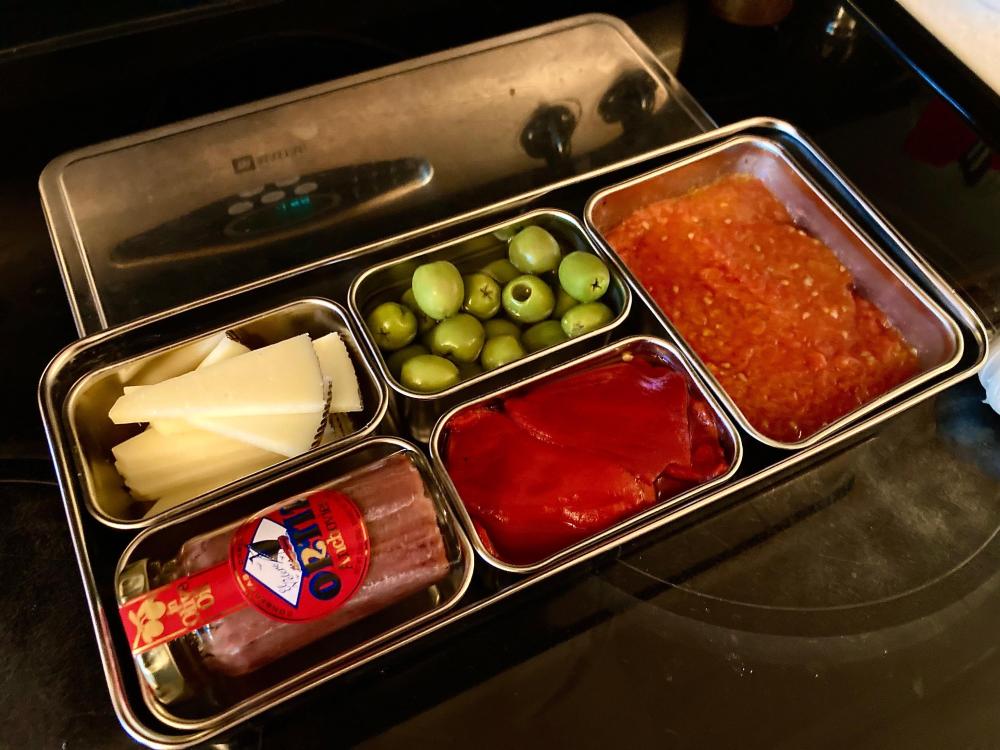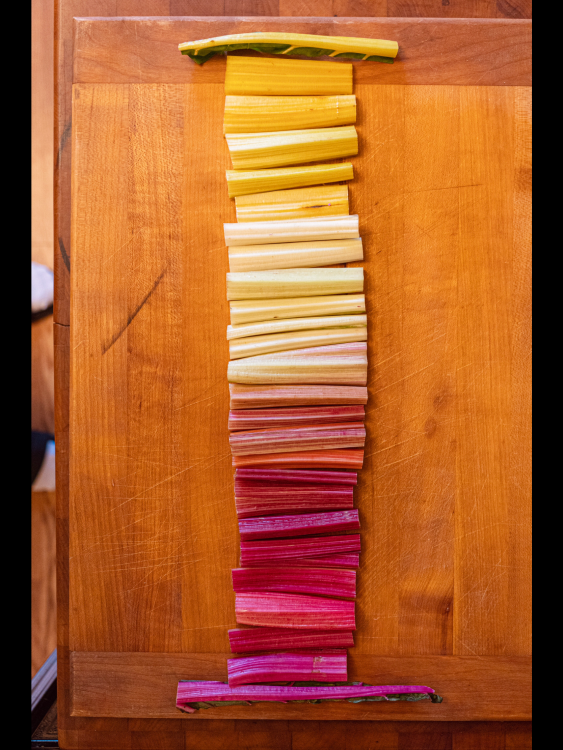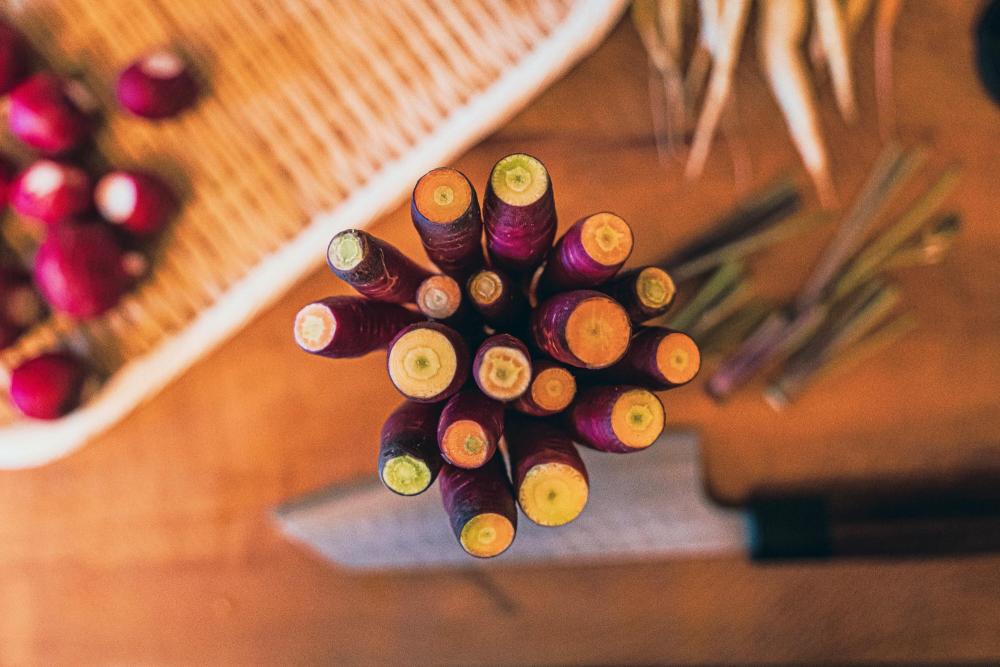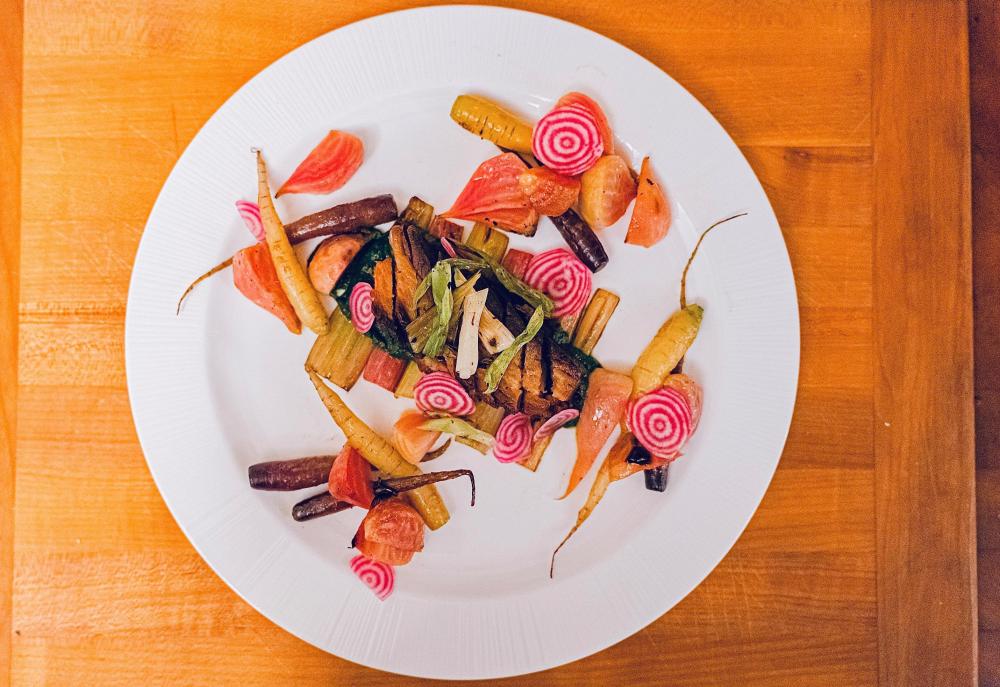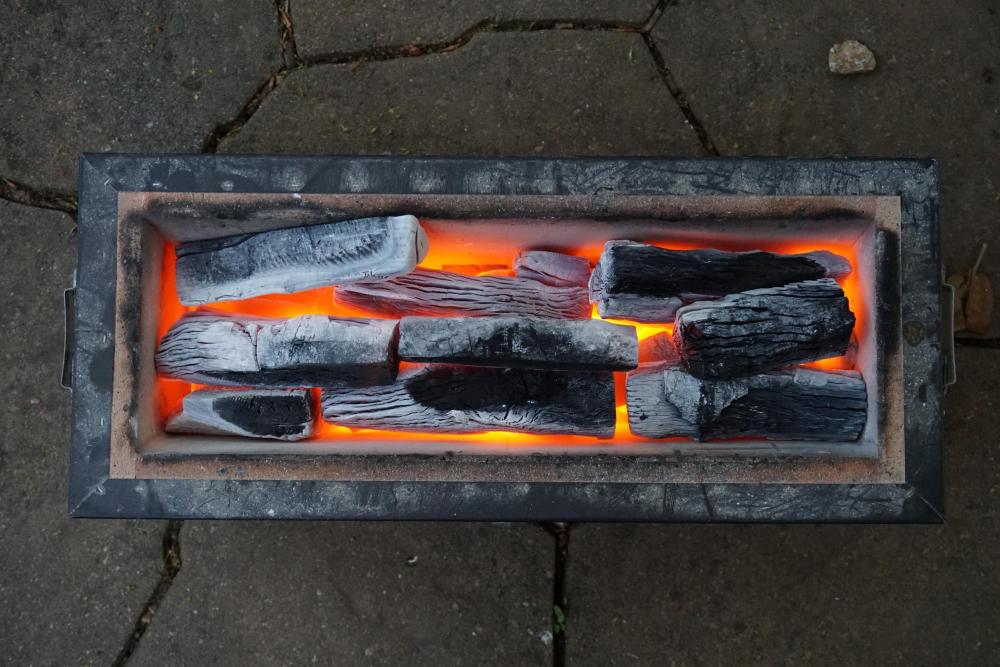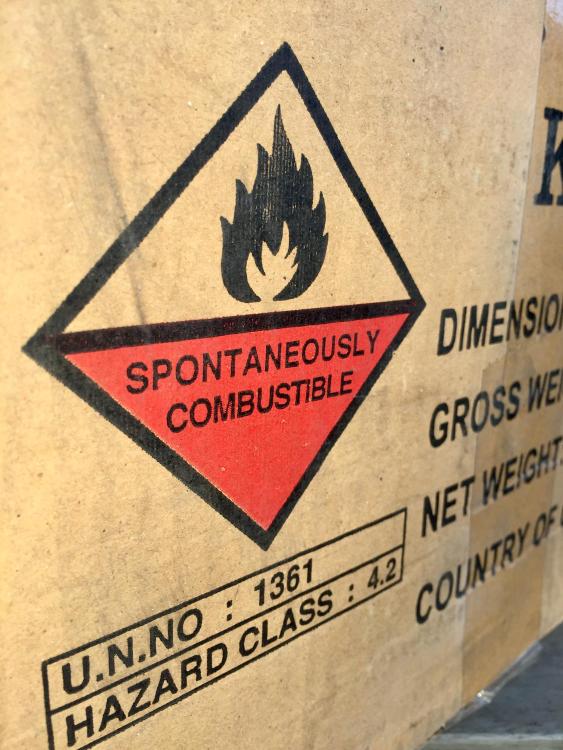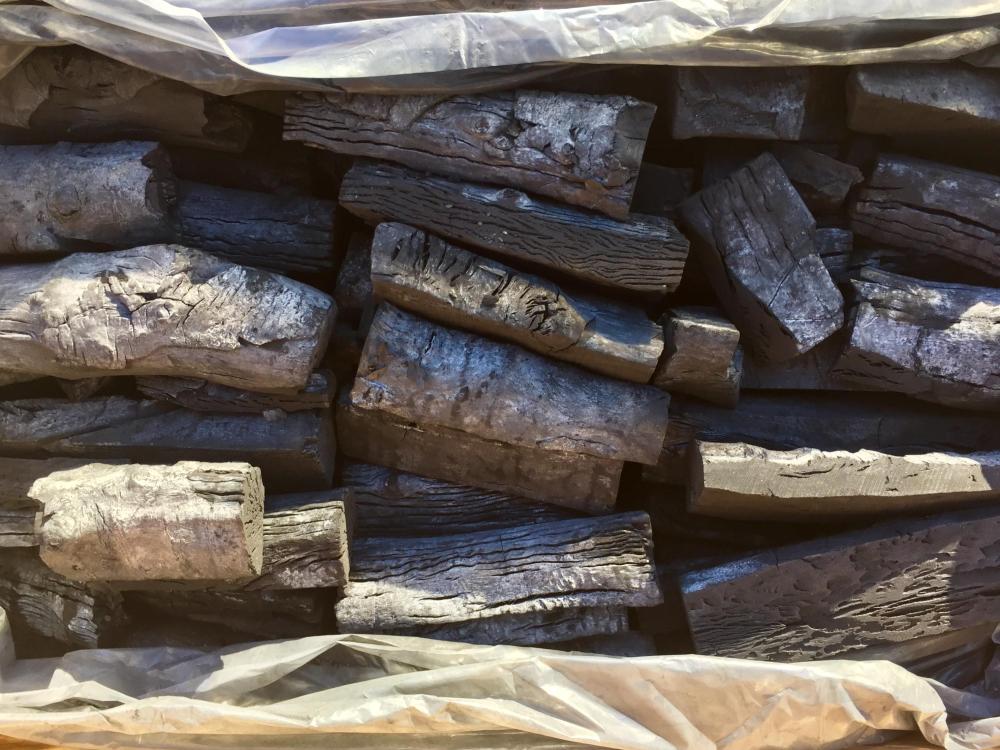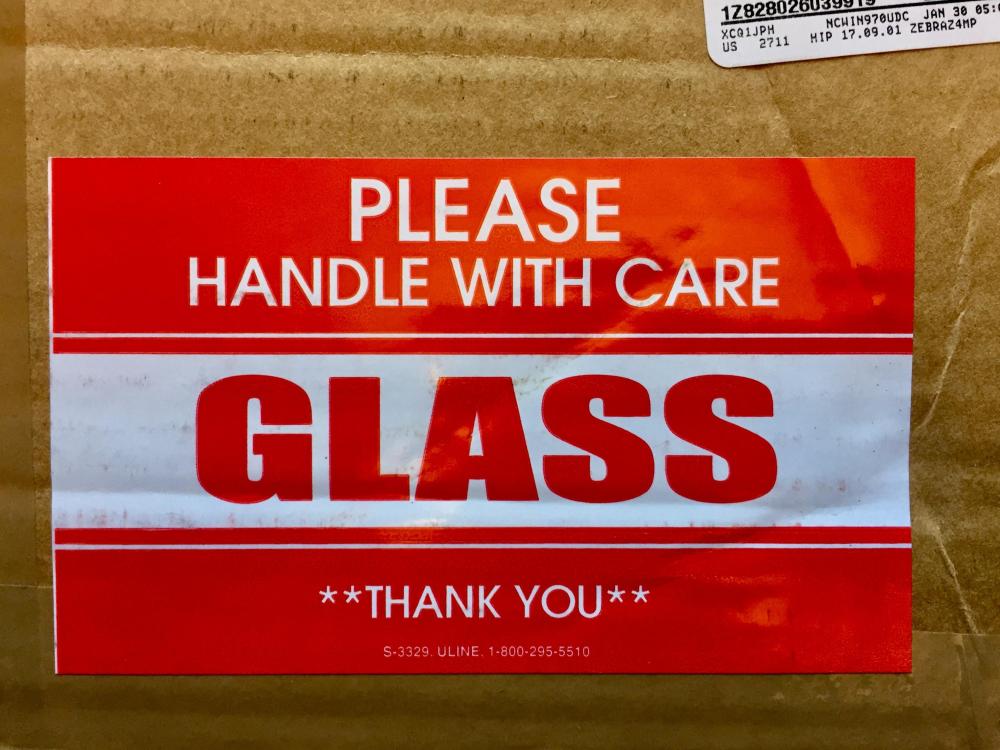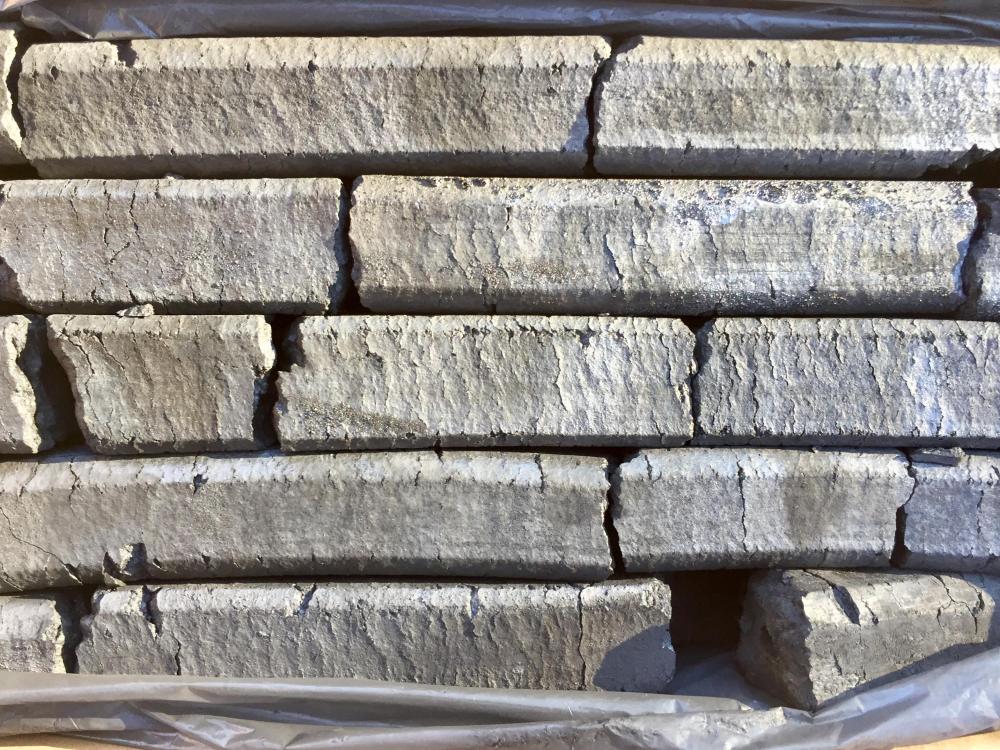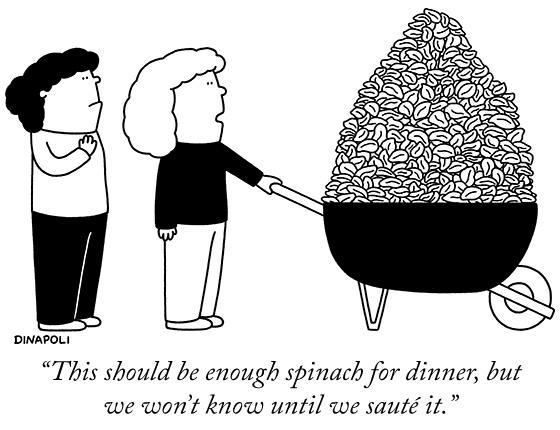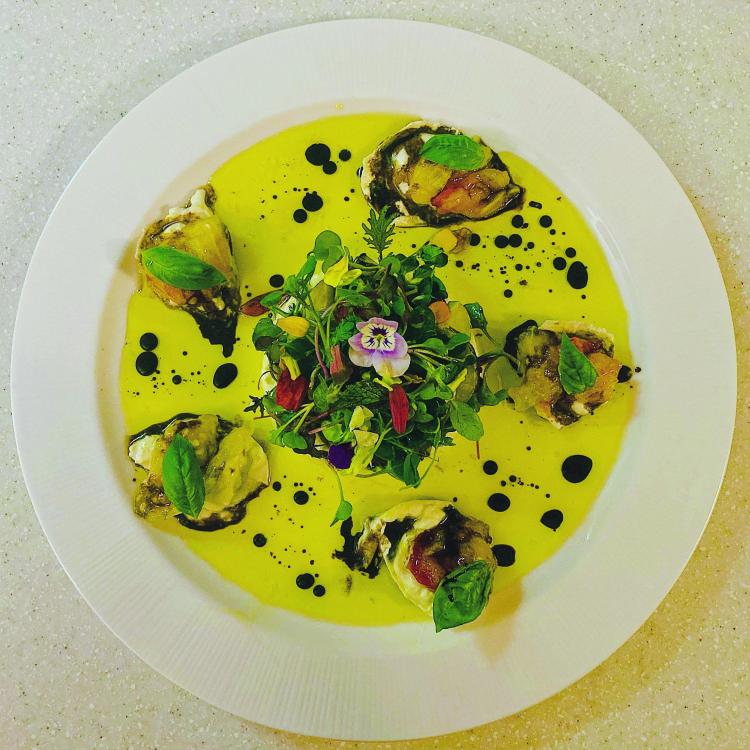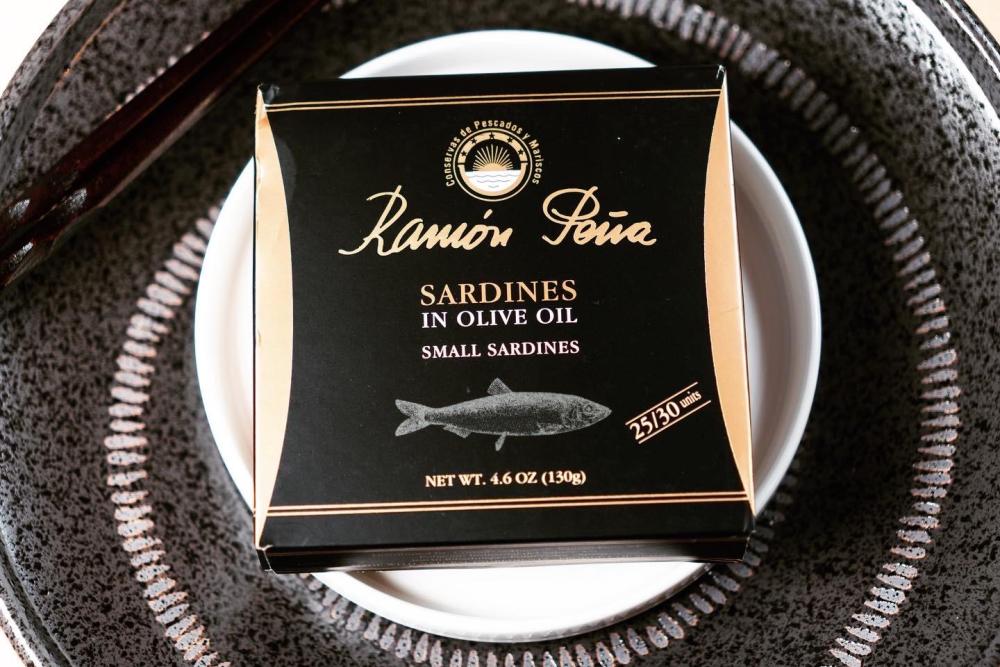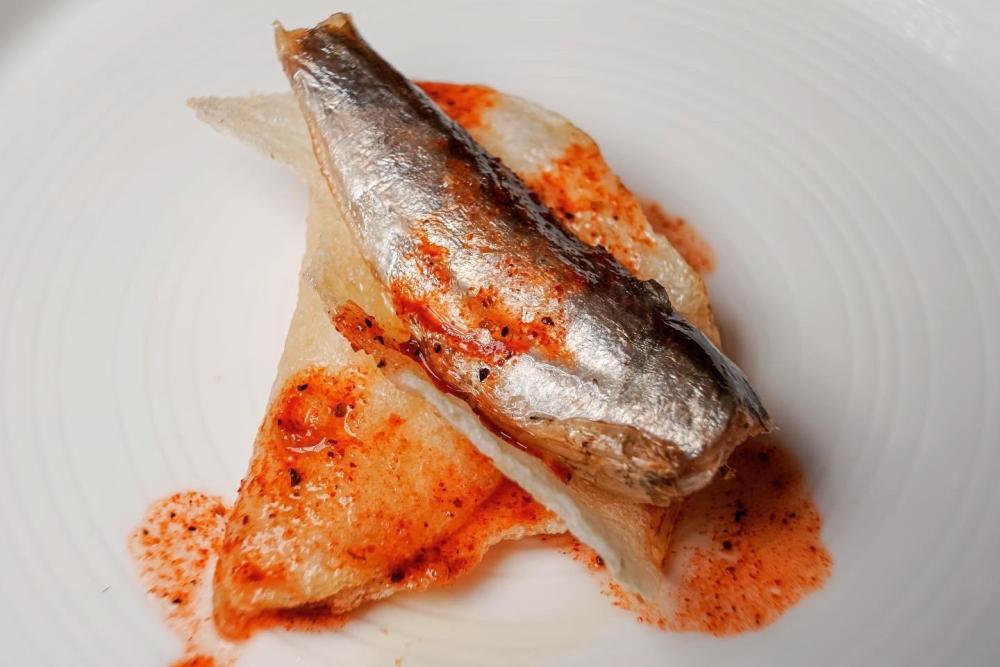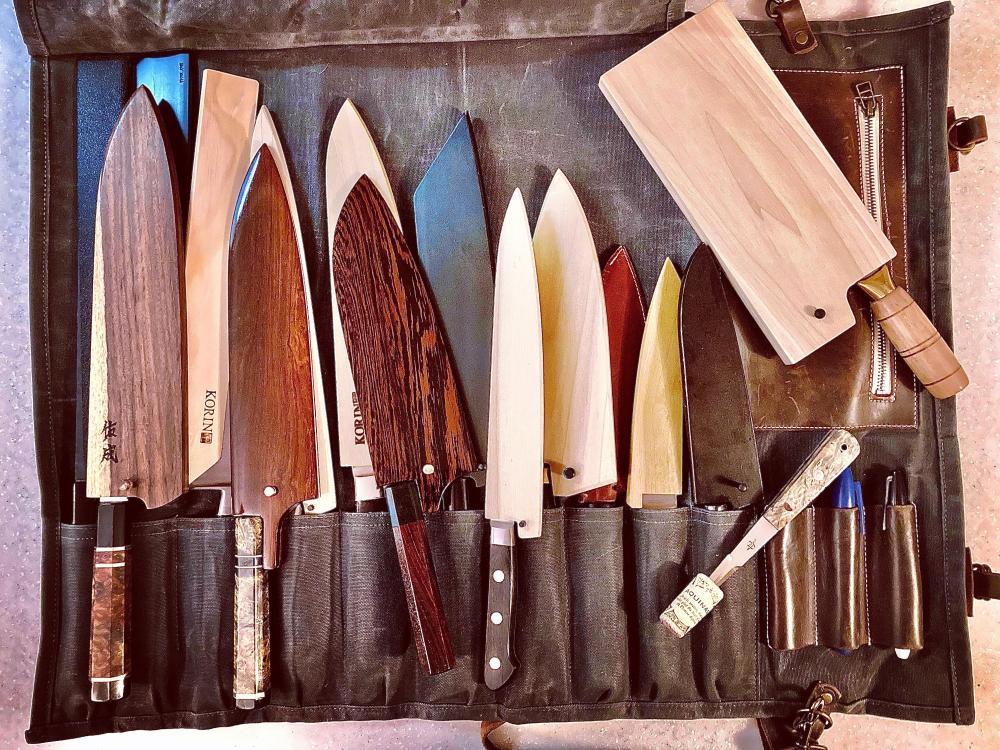-
Posts
1,807 -
Joined
-
Last visited
Content Type
Profiles
Forums
Store
Help Articles
Everything posted by btbyrd
-
Even if you make stock with them, they still end up in the garbage, no?
-
I don't think anyone has anything against small knives. It's just small chef's knives that are kind of weird. A santoku or bunka or nakiri or petty or whatever, sure. But a 6" chef's knife is nonideal, if what we're referring to as a chef's knife is something with a classic big-bellied, rock-chopping German profile. In a former life, I had a 6" Wusthof in a set I was gifted, and that thing *never* saw action.
-
They don't become unsafe, but the quality does change -- sometimes for the better. Some producers sell "vintage" tins that they've "cellared," but I've never seen anything very old offered for sale. I imagine that after a long enough period of time, the effects of time will be detrimental; I've seen it said that 10 years a good rough upper limit when it comes to vintage tins. This goes for sardines in oil. Ones in water and tomato will definitely go down in quality much faster.
-
More time to sit around and eat sardines.
-
I had a tin of their grilled sardine loins not long ago. An incredible tin. If I was Bezos rich, I’d stock my yachts and mansions with case after case of their tasty grilled seafood.
-
There are lots of great vendors. Rainbow Tomatoes Garden has been mentioned already, and they have the biggest selection in the US (if not the world). Dan, who runs it, is a super nice guy and is very active on reddit's r/sardines subforum. I also buy from Caputo's Market, TinCanFish.com, Portugalia Marketplace, Yummy Bazaar, La Tienda, and Zingerman's Mail Order. Zingerman's is currently in the middle of their summer sale, which is when a lot of their fish goes on sale. They don't have a large selection, but what they do have is very good.
-
I've been falling thoroughly down the tinned fish rabbit hole for the past couple years. So I'll try to answer questions to the best of my ability. Small sardines are sold as small sardines, and there can be as many as 25 or 30 in a standard sized tin. They command a price premium over the normal 3/5 count per tin, as they're more labor intensive to prepare and pack. My go-to small sardine brands are Ramon Pena gold line and Conservas de Cambados. Here's some shots of a RP 20/25 count tin: There are two layers. Spain and Portugal both produce extremely high quality products, but you have to focus on the cannery rather than the country of origin. That recent NYT piece was okay, but they're rehashing the content of this Business Insider video from a couple years ago (that has 12 million views): The spicy Nuris from that cannery are one of my "daily driver" tins. They're $5 at World Market, but they sometimes run promotions. I order them online and pick up in-store, which saves you 10%.
-
Spoiler alert. Thanks.
-
At least a 7 inch santoku. Even longer would be better. Not a fan of Shuns. They're okay, but if you're going to spend that kind of money you might as well get a smaller production run knife from a respected Japanese smith or brand. Like a Takamura R2 santoku or Tanaka ginsan. These are harder to find, but are better knives for the same (or less) money.
-
I don't think the standard pinch grip is especially useful when using smaller knives. Typically, you pinch at the balance point of the blade to give you better control of the tip of the knife, but since the blade of short chef's knives are so much shorter and lighter, the balance point is usually much farther back -- typically at the bolster or even in the handle. So I often end up holding the bolster on my shorter knives. It's still a pinch grip, but it's non-standard because I'm pinching the handle/bolster/ferrule and not the blade itself. You can also modify your pinch grip to get your fingers up and out of the way to provide board clearance for your knuckles. I use a similar grip to the one featured in this video when using my shorter petties (even my paring knives) and have plenty of clearance. You can also adjust your cutting technique to use with shorter blades. Up and down chopping isn't really the strong suit of petties -- at least on taller product. They're better suited toward draw/pull cuts where you leave the tip of the knife on the board and slice backward through the product. But if choppy choppy is your thing, they also make tall petties.
-
You don’t need to refrigerate commercial mayo unless you're going through it so slowly that it goes rancid. I never seem to have that problem. But I still store my mayo in the fridge for tradition’s sake.
-
I can attest that it's good for anything you'd use commercial mayo for. There's less of a difference between, say, Duke's and Hellman's (or Best Foods) than there is between something like Kewpie and normal North American commercial mayo brands. I like Duke's and it's my brand, but if I couldn't get it, I'd just use something else and feel just fine about it. This is coming from someone who used to shlep jars of it from North Carolina to Ohio and Illinois when I'd come home to visit family. I don't know that it was really worth the trouble, apart from connecting me to my "roots." (My mom used Kraft mayo, and I never really ate it as a kid). But I do own a Duke's t-shirt and tote bag. So...
-
Some pics of a recent conservas dinner I made for my in-laws. Gildas with Ortiz anchovy, Matiz piparras, castelvetrano olives, and Zoe olive oil. Another anchovy one: Grilled bread rubbed with garlic, piquillo pepper, young manchego, olive oil, and Blis 9 year barrel aged sherry vinegar. Was dubious about this (broiled) dish with cheese, but it turned out to be awesome. Thanks to Serious Eats for the idea. Being almost peak tomato season, I made pan con tomate. This is four pounds of grated tomatoes before I hung them overnight to strain them of their precious tomato water. Bonus: I have a *lot* of gorgeous, crystal clear tomato water to play with now. Mise: Then we popped some tins and got down. Ramon Pena Gold Line small sardines and very large mussels. And the piece de resistance was the large format tin of yellowtail ventresca (tuna belly) from La Brújula. It's the No. 61 tin. It *easily* had the largest flakes of tuna I've ever seen. The biggest ones were five and a half inches long. Here are a couple pieces of ventresca on grilled bread with arugula dressed with olive oil, lemon juice, sherry vinegar, and topped with espelette pepper. There was much more garnish and condiment on the table, along with plenty of with plenty of Spanish wine. It was a good day.
-
You’re not a true fan until you order a 4-gallon case of Heavy Duty Duke’s from a restaurant supply place.
-
Of all the things that got lost in the great BA Conde Naste kerfuffle of a few years ago, I think I miss Claire's "Gourmet Makes" the most. Anyway, something like grainy taffy seems to be the correct answer.
- 1 reply
-
- 1
-

-
Braised pork belly, baby carrots, candy stripe beets (raw and roasted), chard puree, chard stems, grilled spring onions. Pork jus not pictured.
-
What are you cooking? And what kind of grill is it? Lump charcoal is probably fine. Royal Oak hardwood lump charcoal (big red bag) is some of the best that's widely available. Binchotan is optimally used with highly efficient ceramic konros/robata/"hibachis" or bigger ceramic kamado grills. The overall experience of using those grills with the charcoal is much different than normal western grilling over lump charcoal. Binchotan actually burns cooler, but it is incredibly dense and so it radiates out more IR than an equal volume of ordinary charcoal and will do so for a longer time. This is mostly true of compressed extruded "binchotan" products like Thaan and Korin's sumi charcoal, but these are less dense than the real stuff. These products also don't burn as cleanly (or as long) as true binchotan does. It's not really the sort of product you'd bust out to make burgers and hot dogs for a cookout. Binchotan is something you have a relationship with as you cook. You manipulate the charcoal with tongs to even out (or concentrate, or disperse) the heat as you cook, and use a fan to wake it up if it starts to cool down. A box of binchotan has different warnings than your normal bag of Kingsford. This is aramaru binchotan from Korin. It's a product of Vietnam and isn't made from the hard white oak that the good stuff is. Korin hasn't had it for a while, but it was the most economical way to get something approaching "real" binchotan without paying hundreds and hundreds of dollars for a box: When you look in the box of Korin's sumi charcoal, it looks much different. They're very dense bars/briquettes of extruded carbonized... something or other. Sawdust or coconut shells or something. Similar in that way to normal western briquettes, but these are much denser. There's a small hole in the middle of the extruded binchotan. Thaan is made the same way, but looks darker, is softer, and isn't as dense. I prefer the Sumi over Thaan, but you can get Thaan on Amazon so... that's convenient. Anyway, here's the sumi: And here's some Thaan inside my konro when I first got it. Dark, stackable, denser than western briquettes. But softer, less dense, and dirtier than sumi or good bincho. And good bincho gets that *glow*: Anyway, TLDR: You should probably just use Royal Oak.
-
Buffalo burrata caprese. First tomato of the season, overripe and tasty. I put the filling of the burrata in a ring mold and topped it with micro herbs and roasted artichoke hearts. Then more herbs, oil, and flowers. Laid the skin of the burrata down and dolloped with creamy cheesy goodness. Topped with peeled fresh tomatoes and basil. Flooded the zone with Alziari EVOO before making it rain 30 year old balsamic vinegar and Maldon salt. Served with too much bread.
-
I am indeed a fancy man (as my wife enjoys informing me).
-
-
Southwestern chili bacon cheddar burgers. The pablanos at the supermarket were garbage, so I had to use anaheims instead. And they were kinda flavorless. #neveragain. Dinner came together just as the baby decided he needed to be fed, so the burgers hung out in the smart oven until he said we were free to go.
-
I don’t know… the chamber size on the Anova seems mighty small. Most of the photos and videos are of it sealing a single chicken breast. I’d want to hear more about real world capacity before I pulled the trigger on one.
-
I’ve had a dry pump chamber vac (a Vacmaster VP-112) for 8 years and it’s still going strong. I haven’t heard of dry pump Vacmasters having a high failure rate, or heard bad stories about other similar units from a reputable brand. Good dry pump units are good enough for home use. Oil is nice but not necessary unless doing high volumes.





